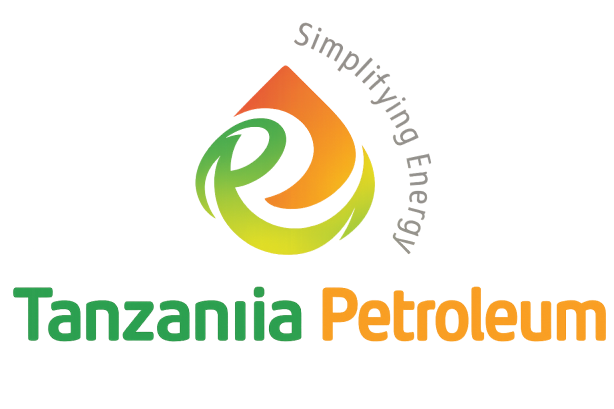Recent Posts
Tanzania Petroleum is the only dedicated oil & gas publication in Tanzania. Focusing on Tanzania and its emerging position as a regional energy powerhouse. For advertising inquiries, contact Hussein Boffu at Hussein.boffu@tanzaniapetroleum.com or via WhatsApp/Call at +255 (0) 655 376 543.
Contact us: info@tanzaniapetroleum.com
© 2015-2025 Tanzania Petroleum





